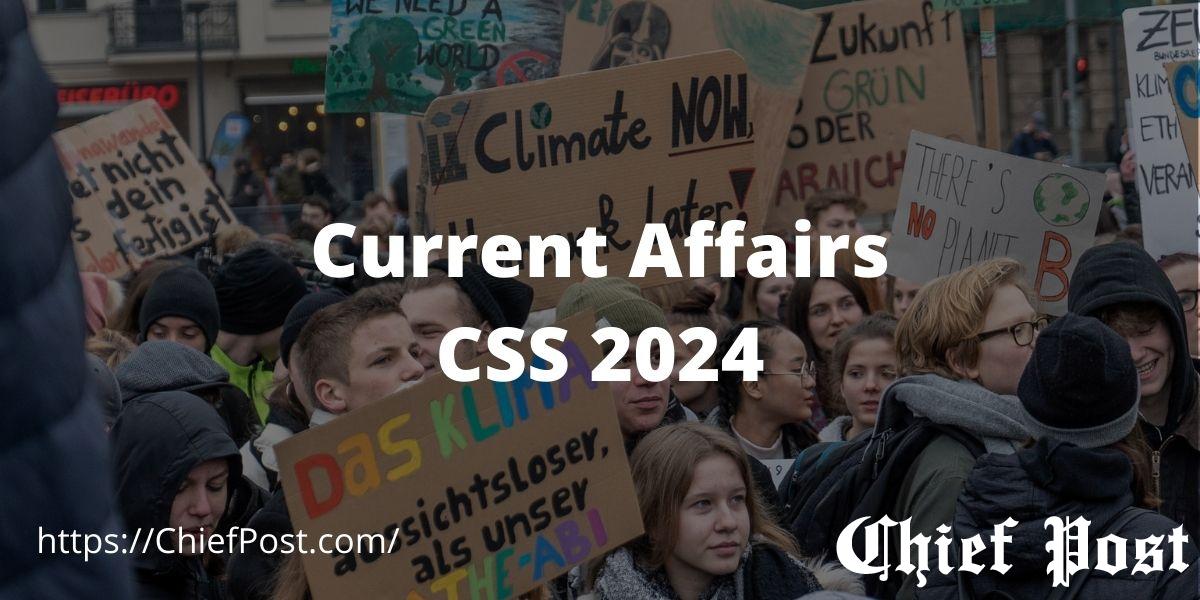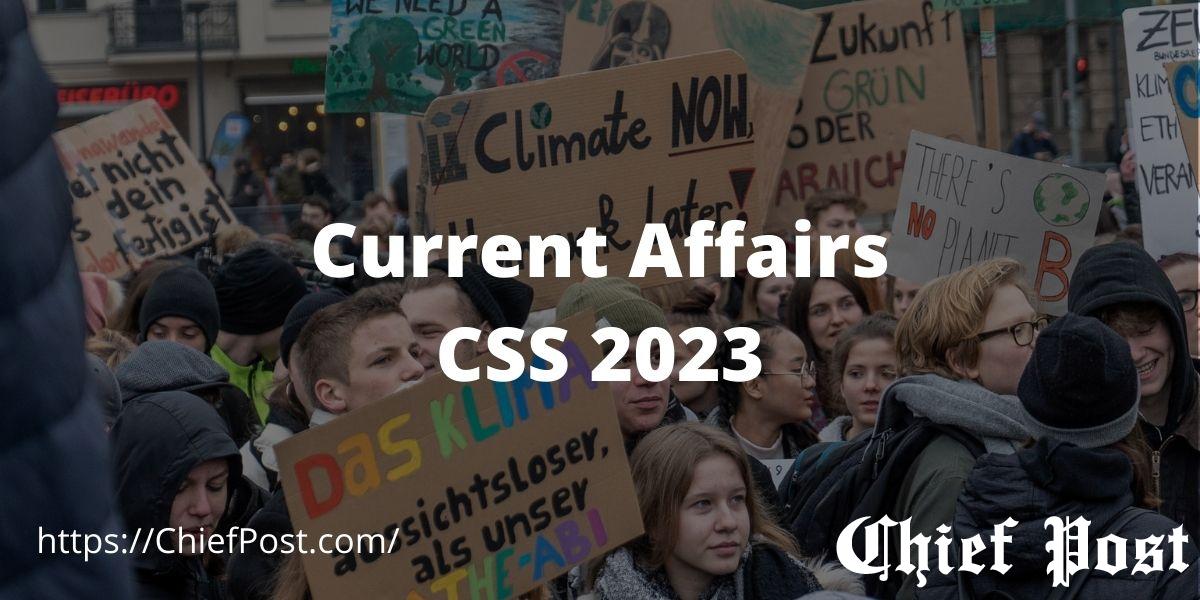
Sociology 2017 — CSS Past Paper
FEDERAL PUBLIC SERVICE COMMISSION
COMPETITIVE EXAMINATION-2017 FOR RECRUITMENT TO POSTS IN BS-17
UNDER THE FEDERAL GOVERNMENT
Sociology
TIME ALLOWED: THREE HOURS
PART-I(MCQS): MAXIMUM 30 MINUTES
PART-I (MCQS) MAXIMUM MARKS = 20
PART-II MAXIMUM MARKS = 80
NOTE:
- (i) Part-II is to be attempted on the separate Answer Book.
- (ii) Attempt ONLY FOUR questions from PART-II. ALL questions carry EQUAL marks.
- (iii) All the parts (if any) of each Question must be attempted at one place instead of at different places.
- (iv) Candidate must write Q. No. in the Answer Book in accordance with Q. No. in the Q.Paper.
- (v) No Page/Space be left blank between the answers. All the blank pages of Answer Book must be crossed.
- (vi) Extra attempt of any question or any part of the attempted question will not be considered.
PART-II
Q. No. 2. How evolutionary theories of sociology provide a stimulating gesture to
transform societies? Compare and contrast the classical and neo-classical school
of thoughts for understanding phenomenon of social change.
(20)
Q. No. 3. What are core elements which lead to develop rigorous research design in social research?
(20)
Q. No. 4. Discuss in brief the socio-cultural factors that may enhance and retard the
process of social and cultural change in societies.
(20)
Q. No. 5. Marx and Weber theorized that modern society alienated people. How do their approaches contrast each other and how their concepts of alienation can be
compared with Durkheim’s concept of anomie?
(20)
Q. No. 6. What key characteristics distinguish capitalism from socialism? Compare these two systems in terms of productivity, economic inequality and personal
freedom.
(20)
Q. No. 7. What is the role of culture in socialization of an individual to become a useful member of a society? Discuss what cultural patterns help to explain this
phenomenon.
(20)
Q. No. 8. Write note on the following. (10 each)
(a) Political economy of globalization
(b) Regional migration
(20)
**********









